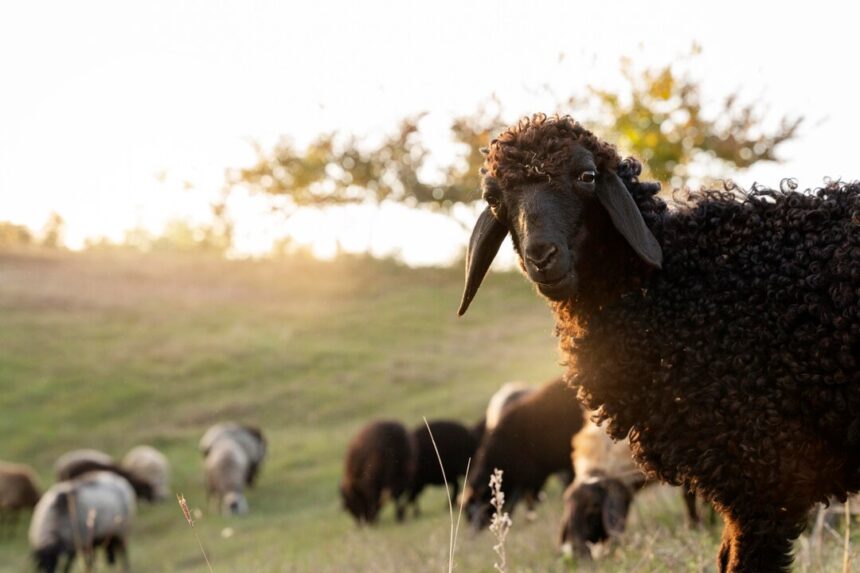Karakul sheep, known for their distinctive appearance and valuable fleece, have become an integral part of the livestock industry in South Africa. These hardy sheep are well-suited to the country’s diverse climate and have gained popularity among farmers for their adaptability and unique characteristics. If you’re considering breeding and farming Karakul sheep in South Africa, here are ten essential things you should know to embark on a successful venture:
- Historical Significance:
Karakul sheep have a rich history dating back centuries, originating in Central Asia and later being introduced to various parts of the world, including South Africa. They are prized for their luxurious pelts, which are used to produce high-quality lambskin and wool products. - Adaptability to South African Conditions:
Karakul sheep are well-suited to the diverse climatic conditions found in South Africa. They thrive in arid and semi-arid regions, making them ideal for extensive farming systems common in parts of the country. - Unique Physical Characteristics:
Karakul sheep are easily recognizable by their distinctively broad and flat-topped skulls, as well as their fat tails. Their dense, curly fleece comes in various colors, including black, brown, and white, with some individuals exhibiting striking patterns. - Dual-Purpose Attributes:
Karakul sheep are considered dual-purpose animals, valued for both their meat and wool. Their meat is flavorful and tender, while their pelts yield high-quality lambskin, prized for its softness and durability. - Breeding Considerations:
When breeding Karakul sheep, farmers should focus on selecting animals with desirable traits such as good mothering abilities, strong health, and prolificacy. Careful attention should also be paid to maintaining genetic diversity within the flock to prevent inbreeding. - Managing Reproduction:
Karakul sheep are known for their seasonal breeding patterns, typically lambing once a year during the winter months. Farmers should carefully manage breeding schedules to optimize lambing rates and ensure the health and vitality of newborn lambs. - Nutritional Requirements:
Providing adequate nutrition is essential for the health and productivity of Karakul sheep. Farmers should ensure access to quality pasture or feed supplements, especially during periods of drought or scarcity. - Healthcare and Disease Management:
Proactive healthcare and disease management are crucial for maintaining the well-being of Karakul sheep. Vaccinations, parasite control, and regular veterinary checks are essential to prevent and manage common health issues. - Marketing Opportunities:
Karakul sheep products, including meat, wool, and pelts, present various marketing opportunities for farmers. Developing relationships with local markets, artisanal producers, and exporters can help farmers capitalize on the demand for high-quality Karakul products. - Sustainability and Conservation:
Sustainable farming practices and conservation efforts are vital for the long-term viability of Karakul sheep farming in South Africa. Farmers should prioritize land stewardship, biodiversity conservation, and ethical treatment of animals to ensure the industry’s continued success.
Breeding and farming Karakul sheep in South Africa offer unique opportunities for livestock producers seeking to diversify their operations and capitalize on niche markets. By understanding the breed’s characteristics, implementing sound management practices, and embracing sustainability principles, farmers can build thriving Karakul sheep enterprises that contribute to the country’s agricultural heritage and economic growth.
Join 'Farmers Mag' WhatsApp Channel
Get the latest Farming news and tips delivered straight to your WhatsApp
CLICK HERE TO JOIN






